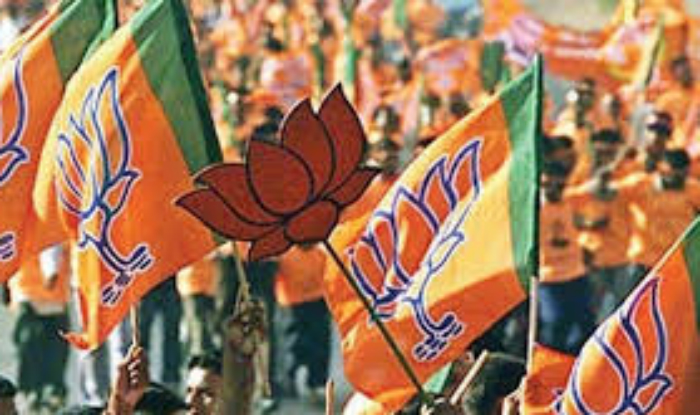Kolkata, March 27: West Bengal could be on the threshold of a new chapter in its post-independence political history with the coming Lok Sabha polls likely to throw up a new political polarisation between the opposition BJP and the ruling Trinamool Congress, pushing the Left Front and Congress further into the margins.
The polarisation about which analysts have been speaking about in more clear-cut terms, particularly after the collapse of the seat-sharing talks between the Congress and the Left Front, could on a shallow reading seem abrupt, but to the more discerning observers it is the culmination of a process latent in the history of the state and long-term efforts to create a narrative for the political right wing.
With large streams of Hindu refugees arriving in West Bengal from East Pakistan after partition, and their numbers only getting bolstered during the Bangladesh War of Independence in 1971, Bengal was always a fertile ground for the Hindu right wing forces to spread their influence.
But the emergence of the Left parties, led by the Communist Party of India, and later the CPI-M, and their success in establishing their sway over the refugees spoiled the chances of the Hindutva forces to take wing.
The situation remained somewhat similar during the 34-year rule of the Left Front, but changed once the Trinamool came to power in 2011.
The decision of the Mamata Banerjee government to give monthly allowances to Imams and Muazzins created deep resentment among the Hindu middle-class against the government’s “selective benevolence” and created fissures in the society.
It was here that the RSS and other Sangh Parivar organisations stepped in and increased their footprint in the eastern state.
In 2015, the RSS disclosed before the media here that the number of its ‘shakas’ had doubled in West Bengal over the previous three years. Last year it said the membership strength in Bengal was one of the highest in the country.
The Banerjee government’s decision to halt the Durga Puja immersion on the day of the Muslim religious occasion of Muharram as a precautionary measure to prevent any breach of peace was exploited by the BJP and Parivar to raise a shrill cry against the government’s “anti-Puja stance”.
Soon after, the city and the districts were witness to grand Ram Navami rallies – many of them displaying tridents, swords and spears. Then followed the Hanuman Jayanti rallies.
The high-voltage observation of religious occasions, some of them till then not very popular in Bengal, gave a push to religious polarisation, that got further accentuated as the state saw a series of communal disturbances in places like Asansol, Kharagpur, Basirhat and Dhulagarh.
